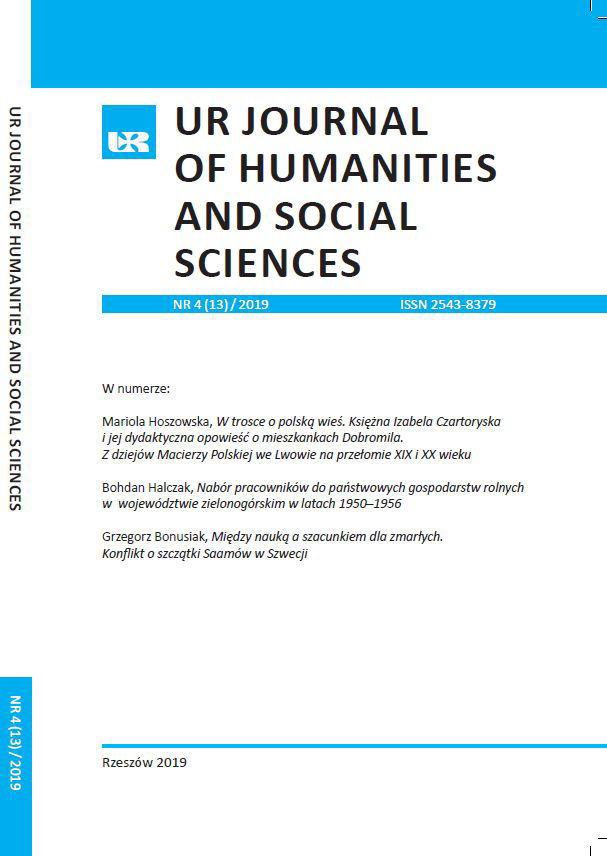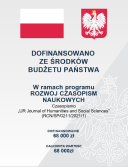Between science and respect for the dead. The dispute over Sami human remains in Sweden
DOI:
https://doi.org/10.15584/johass.2019.4.5Keywords:
Sweden, conflict, Sami, human remains, indigenous peoples, emancipation of indigenous peoples equalityAbstract
Since the turn of the century, the Sami demands for the return of looted cultural goods stored in Sweden's museums and research facilities have become louder and louder. An important part of them are the remains of the Sami collected for decades by archaeologists and physical anthropologists. The article presents the conflict that has occurred between scientists and representatives of the indigenous community, focusing on its background, course and arguments. The paper indicates and highlights a number of elements that are particularly important in this dispute. First, that the collections were created in violation of the rights and opinions of the indigenous community, as a result of the destruction of burial sites and of the actions of scientists without taking into account the will of the Sami. Secondly, a significant part of the remains were collected by physical anthropologists and used to create racial theories, including pointing to the subordinate Sami as belonging to the yellow race. Third, that the demands of indigenous communities were stimulated by the process of their emancipation and understood as part of it. Fourthly, that the conflicts were affected by the lack of legal regulation of the procedures and places of storing the remains as well as the mechanisms for their return and reburial. This led to a situation in which each collection triggers the same conflicts and provokes the same arguments to be formulated.Downloads
Download data is not yet available.
Downloads
Published
2019-12-15
How to Cite
Bonusiak, G. (2019). Between science and respect for the dead. The dispute over Sami human remains in Sweden. Journal of Humanities and Social Sciences, 13(4), 84–99. https://doi.org/10.15584/johass.2019.4.5
Issue
Section
Articles
License
Copyright (c) 2019 Wydawnictwo Uniwersytetu Rzeszowskiego

This work is licensed under a Creative Commons Attribution-NonCommercial 4.0 International License.



